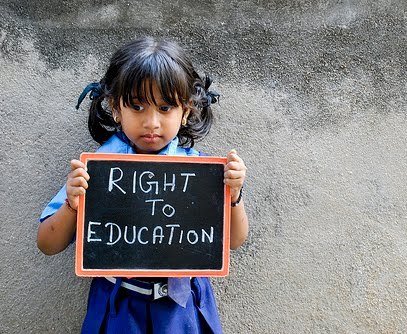NEP can be used between students in India and those of Indian-American origin in the US.
Maryland: India-US education diplomacy is buzzing both in Washington and New Delhi. Nearly 50 US universities are eyeing India for educational collaborations and tap in to the large Indian students’ market.
In every Indian diaspora gathering, it is talked about, and many are looking forward to how this new high education level partnership will unfold for future Indian students aspiring to come to US universities. After the health diplomacy that took birth between the world’s largest and oldest democracies during the Covid-19 pandemic, perhaps education diplomacy will be a game-changer for more people-to-people contact between the two countries.
India’s National Education Policy (NEP, 2020) targets foreign collaboration, setting up of foreign universities on Indian soil, and exchange of scholars and students at the higher education level. As an Indian origin student, who transited to world’s largest academic hub–USA in 2021, I still feel that there is something missed out still when it comes to NEP’s full potential. I have studied earlier in the US in Grade 9 and now studying since 2021, and I see an opportunity to be tapped as how school level partnerships can be built between Indian and American schools.
NEP can be used at the school level between the students in India and those of Indian-American origin in the US. Technology holds key to bringing them together on a single platform to share expertise at the young age, and mutually harness leadership and entrepreneurial skills. A glimpse of this emerges from many startups, technology apps and leadership projects Indian American high school students, and students like me, who accompany their parents on official and academic visas, are doing to build our academic profile before the college admissions. This academic rigor I had missed in India, where marks matter more than creative and extra-curricular activities. There is an opportunity waiting to be tapped where Indian school students, even those in poorer belts of India, to connect to Indian school students in the US. Academic partnerships must begin at school level so that Indian students can get better exposed to a global, diversified education curriculum, which will make their academic profile stronger and road to the US and other global universities easier.
In fact, many Indian American school students are doing their projects in India with unprivileged and under-informed children in India’s rural belts, but that number needs to be increased and formalized in a way that Indian American school students can be invited on a fellowship to do collaborative projects and share their school curriculum experiences with Indian students in homeland. In works both ways, as Indian American kids also get to learn about their cultural roots and the new India, which will help them form the right narrative to further discuss about their country in social gatherings and among the multi-racial friendship circles. A lot of school students here in the US do community teaching, open up companies, and do long hours social service, which in way build in them a sense of entrepreneurial and leadership traits at a young age. Concepts like artificial intelligence, robotics, nanotechnology, business, entrepreneurship and leadership must be encouraged at the school level.
The potential is immense for this school-level partnership with Indian schools. The handicaps of infrastructure and instructional capacity limitations in India’s rural belts can be bridged by collaborating with innovative community teaching projects being run by Indian American kids in the US schools. The NEP 2020 can find its real and sustained partners in American schools to begin the new chapter in India-US educational diplomacy!
The writer is Grade 12 student in Bethesda Chevy-Chase High School.

